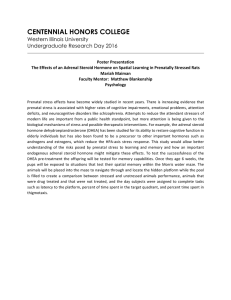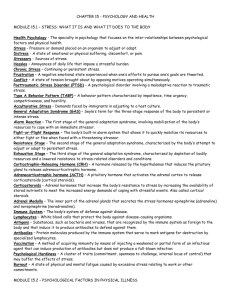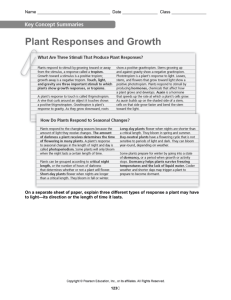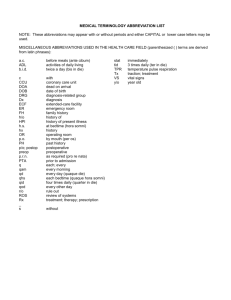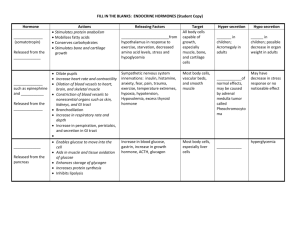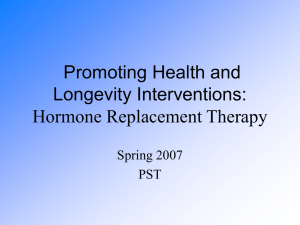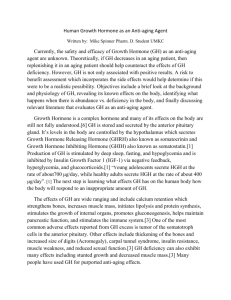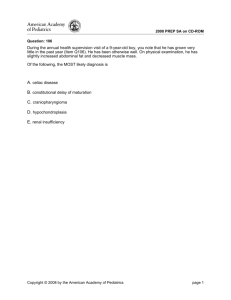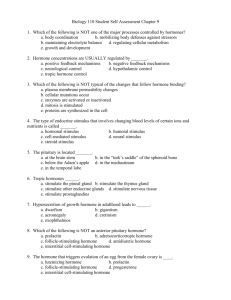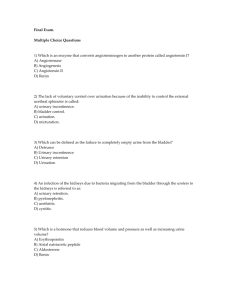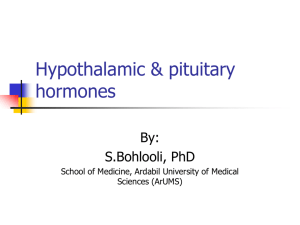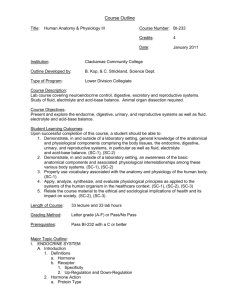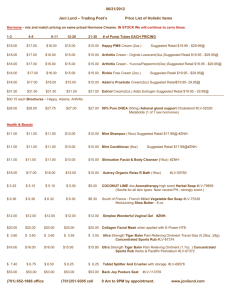Hormone Interactions:
advertisement
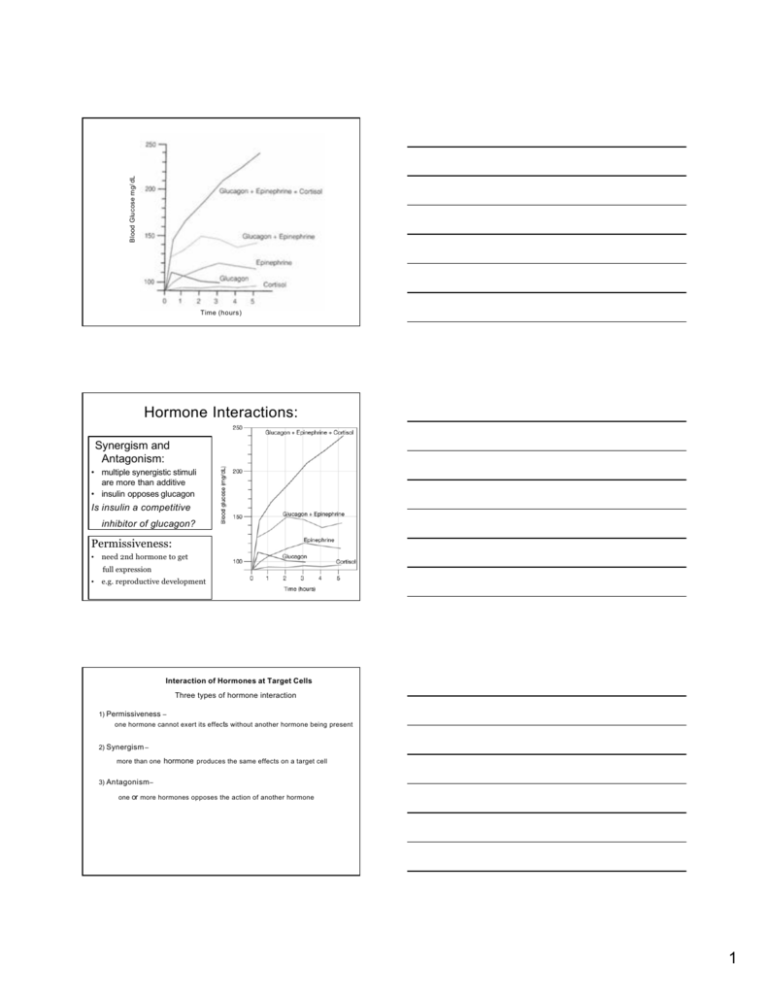
Blood Glucose mg/ dL Time (hours) Hormone Interactions: Synergism and Antagonism: • multiple synergistic stimuli are more than additive • insulin opposes glucagon Is insulin a competitive inhibitor of glucagon? Permissiveness: • need 2nd hormone to get • e.g. reproductive development full expression Interaction of Hormones at Target Cells Three types of hormone interaction 1) Permissiveness – one hormone cannot exert its effec ts without another hormone being present 2) Synergism – more than one hormone produces the same effects on a target cell 3) Antagonism – one or more hormones opposes the action of another hormone 1 Adrenal Androgens source: zona recticularis physiological role?? very low titers compared to gonadal production females: contribute to pubertal changes: adrenarche presence of pubic hair <8 years of age development of axillary hair & adult axillary odor premature production dehydroepiandosterone (DHEA) growth : advancing bone age & clitoral enlargement incidence in African American females benign condition that requires no treatment except: abnormal growth acceleration development secondary traits pregnancy: abnormal production (tumor or steroidogenesis) morphogenetic consequences: mammary carcinomas cigarette smoking dehydroepiandosterone (DHEA) antiestrogenic effect cardiovascular disease & osteoporosis breast cancer/endometrial cancer riskss postmenopausal: substrate for extragonadal estrogen production males: contribute to prepurbertal: adrenarche pubic hair <9 years of age penal enlargement prostate carcinomas Common inherited disorders of steroid hormone metabolism 21-hydroxylase enzyme needed synthesis of glucocorticoids/mineralocorticoids glucocorticoids --> ACTH by anterior pituitary gland normal feedback mechanism adrenal glands enlarge: pregnenolone synthesis progesterone 17<-hydroxyprogesterone androgens 2 A) Effects of high levels of androgens 1) Development of female fetus à masculinization of external gentalia 2) Development of male fetus a) sexual organs normal at birth b) sexual precocity apparent several months later c) accelerated growth & very early bone maturations-->short stature 3) 50% with 21-hydroxylase deficiency lose Na + in urine 4) titers aldosterone (mineralocorticoid) loss of salts lead to dehydration and hypotension 5) Therapy a) administration of glucocorticoid hormone: ACTH secretion b) mineralocorticoid for those who lose salts c) symptoms reversed therapy started within the first 2 years after birth B) Congenital adrenal hyperplasia (inherited disease) 1) affect enzymes required for steroidogenesis 11- hydroxylase--- > virilization 17-hydroxylase 3-B-dehydrogenase demolase 2) all above enzymes deficiency---> enlargement of adrenal gland 3 4
